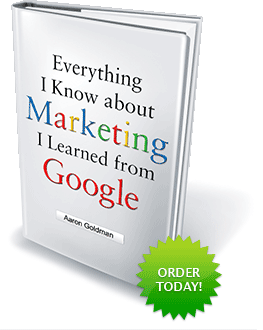Executive Summary:
Why does Google limit the number of listings each advertiser can buy?
A relentless focus on user-experience dictates that each search engine results page (SERP) have a diversity of options for searchers. That doesn’t — nor should it — stop marketers from trying to capture as much shelf-space as possible on the SERPs.
One way to generate multiple listings on Google is to submit separate ads for different products or lines of business. Note, you’ll need separate domains to do this without violating Google policies.
At Intuit, a corporate governance was issued to help various business units achieve listings without cannibalizing each other’s performance.
Another way to get more shelf space at the Google Mart is to optimize your website to garner listings in the unpaid or natural results. Many studies show a 1+1=3 effect when you have both paid and unpaid listings on the same SERP.
Marketers should consider all the various “screens” that consumers engage with throughout their day.
Ball State University’s Center for Media Design has research showing that 18-24 year olds spend 10+ minutes a day with 10 different screens.
As an exercise, create a bookshelf and rank-order the screens you want your message to infiltrate based on time-spent by your audience with said screen and the mindset of your audience when engaging with said screen. Remember, we’re looking for “buy-mode” or at least “lean-forward.”
Don’t forget to factor in labor costs when evaluating your return on “unpaid” marketing placements.
Select Quotes:
“As a marketer you have to understand what your search shelf-space strategy is and have a content strategy to create, distribute, and syndicate content to address all end points.”
— Robert Murray, CEO, iProspect
Final Thought:
If an opportunity presents itself to capture more shelf space, don’t shelve it!






